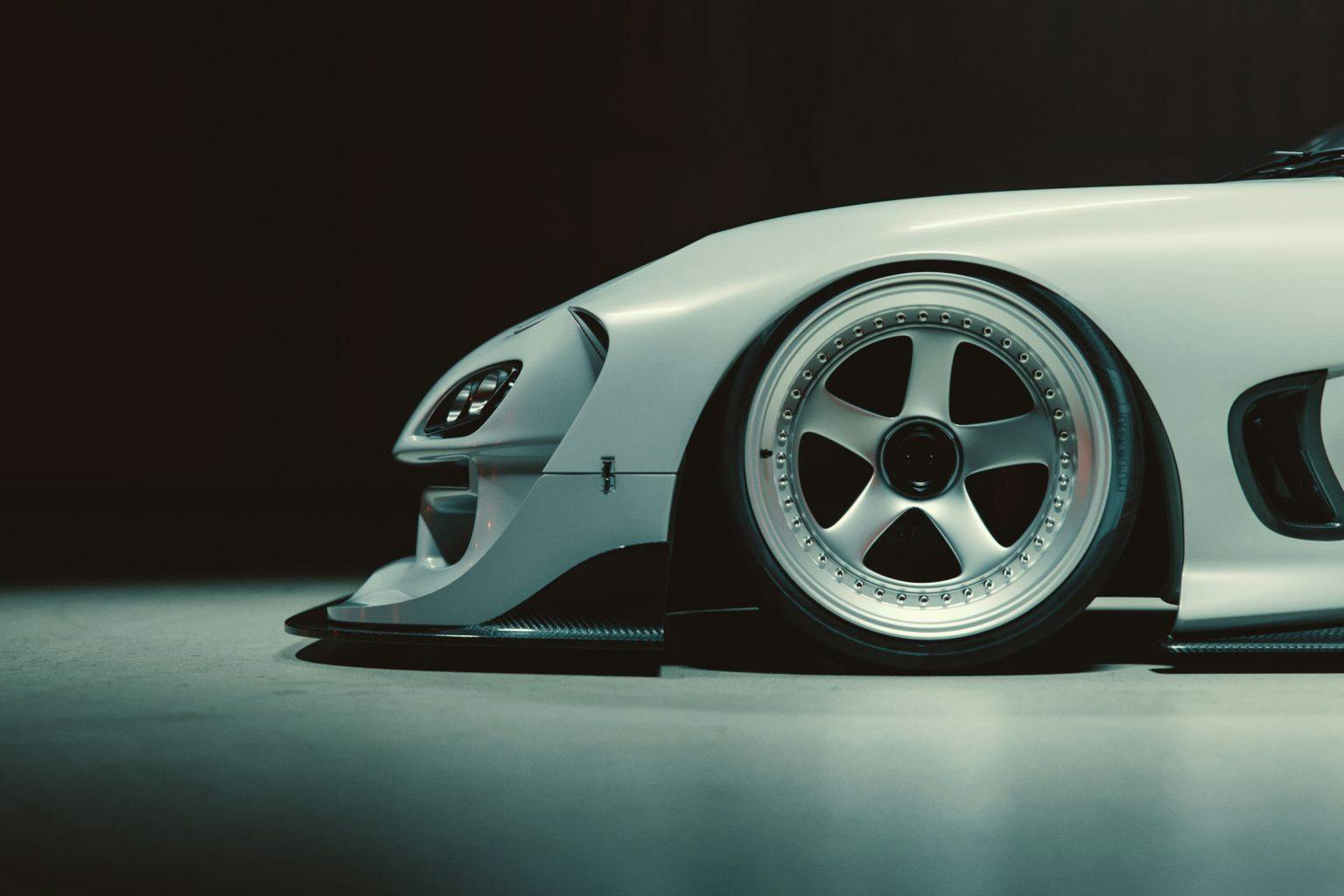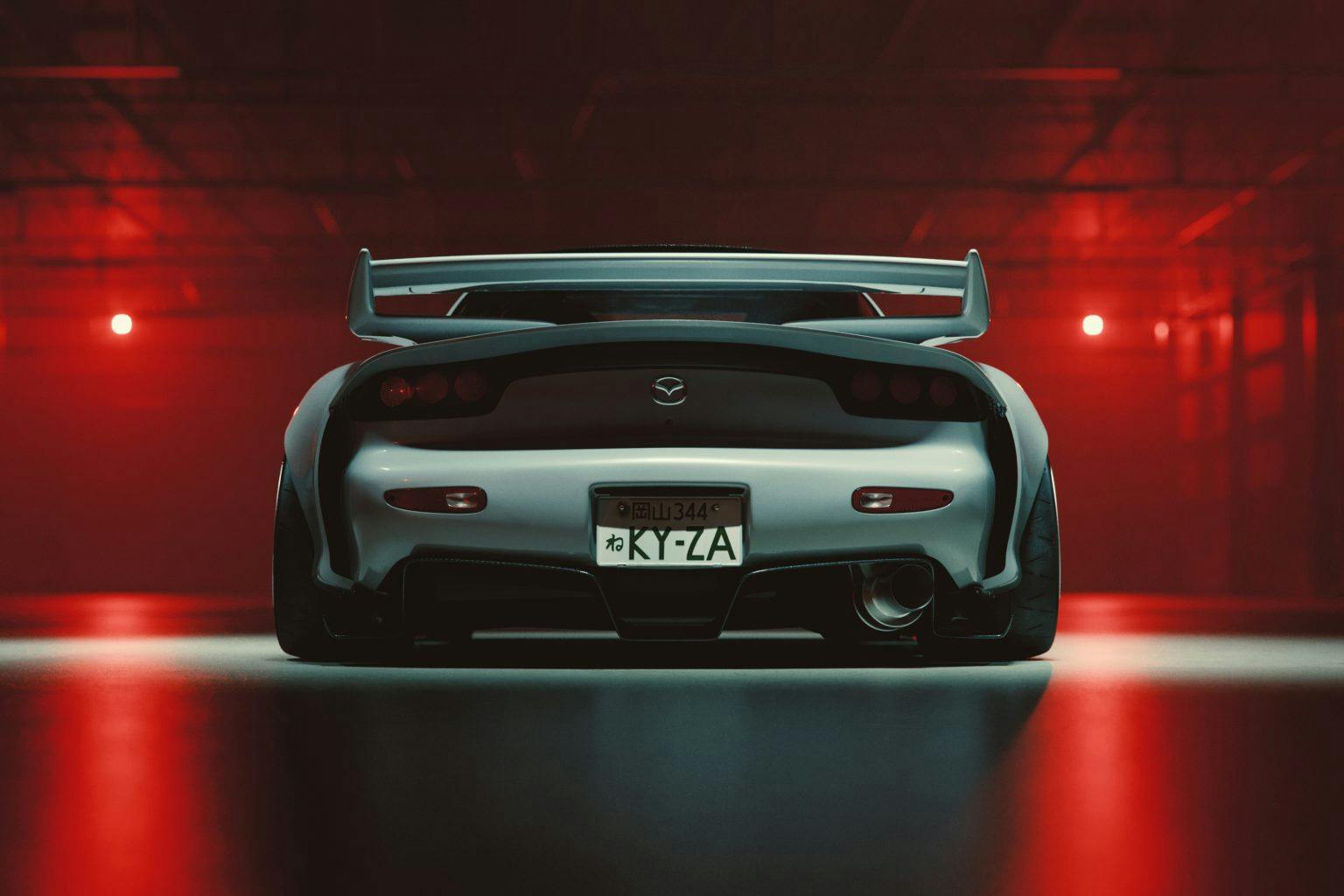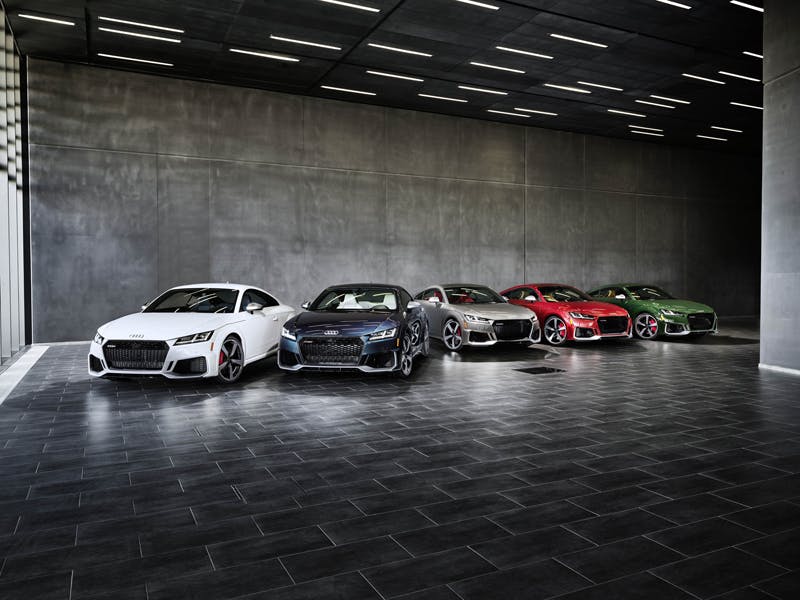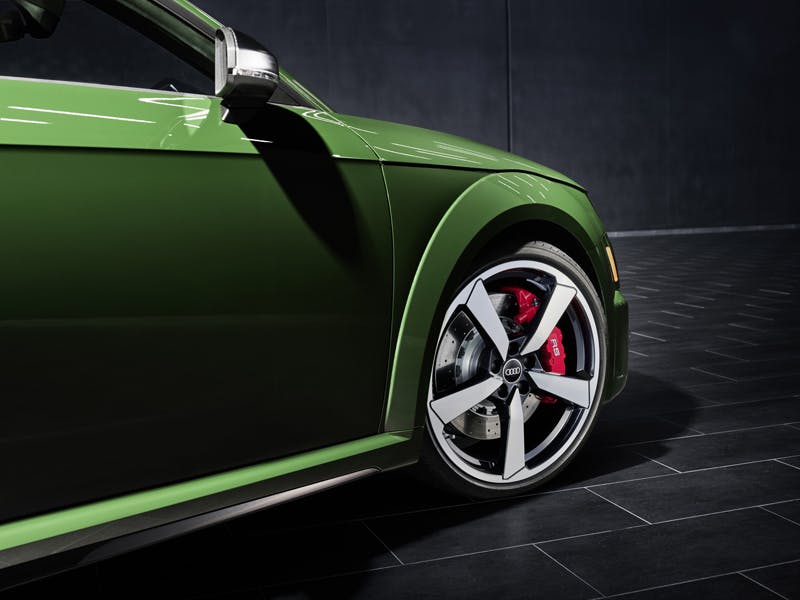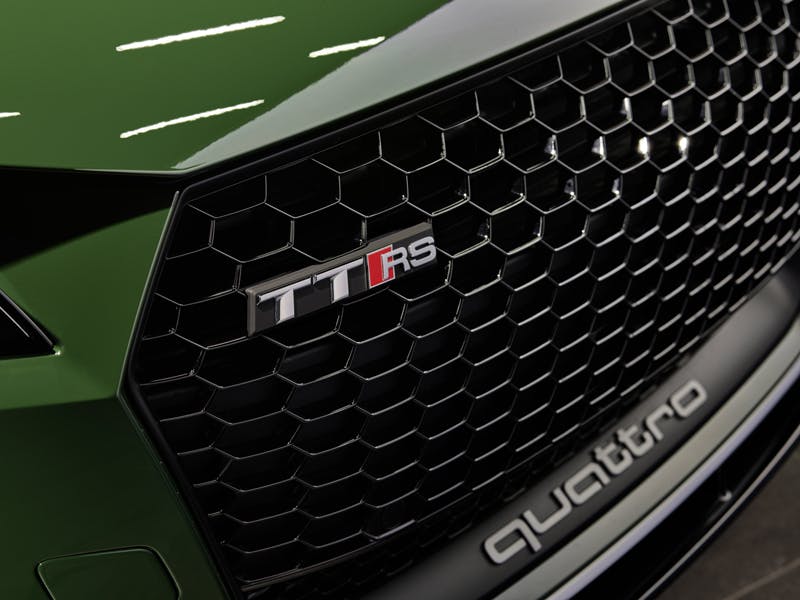Next R8 will be electric, F-150 Lightning reservations paused, leaded fuel knocks on 100

The Audi R8’s successor will be completely electric
Intake: Audi’s next supercar, whatever form and name it may take, will be exclusively motivated by batteries. The news comes from Roadshow, which spoke with Linda Kurz, Audi Sport’s head of product marketing earlier this week. With the e-tron GT as an amuse bouche, Kurz said it was time to tackle to the R line of cars—think RS7, RS3, etc. Audi plans to electrify 80 percent of the RS-badged lineup in some fashion by 2026. In the interim, we’ll continue to enjoy the yowling V-10 in the current R8, whether it turns the rear wheels exclusively or all four for maximum performance.
Exhaust: This shouldn’t surprise anyone. The V-10 is getting increasingly harder to justify for Audi, especially given the technology-forward and e-tron-influenced ethos that the brand has polished over the past few years. The e-tron GT is a solid grand-touring EV, and we’re hopeful that through the lessons learned on that project, Audi can make cook up something truly compelling to replace the R8.
Ford calls halt on reservations for electric F-150 at roughly 200K
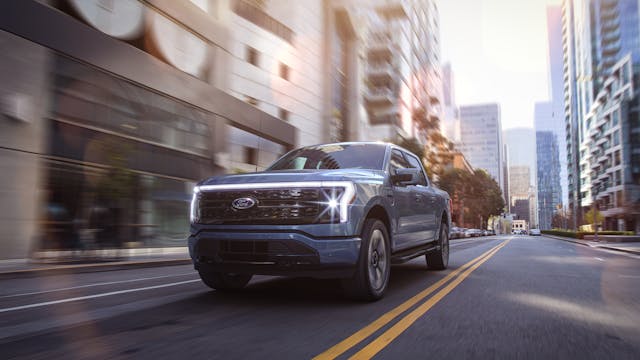
Intake: Once again, Ford has announced a truck to extremely strong customer interest. As of Wednesday, the company has stopped taking reservations for the F-150 Lightning. The first all-electric F-Series had attracted nearly 200,000 reservations as of November, as Ford CEO Jim Farley told Automotive News, and now the OEM is setting some expectations for those who follow-through and convert their reservations to actual orders. Though Ford has not yet announced how many Lightnings will be built for the 2022 model year, AN reports that the company will convert reservations to orders in waves, starting in January. It’s entirely possible that, if you’ve plunked down $100 to reserve a Lightning, you could be waiting for a 2023 model year vehicle. So far, there’s no information available on which reservations will take priority.
Exhaust: The Blue Oval knows how to build trucks that get people excited. The base, hybrid-powered 2022 Maverick is sold out through this summer. We hardly need to revisit the Bronco order frenzy. Now, the F-150 Lighting—undoubtedly the most controversial of its recent announcements—is drawing major attention. The diversity of its truck portfolio, both in price and in powertrain, is testimony to Ford’s business savvy. The company realizes that not everyone is ready for an all-electric truck—but those who are ready for the BEV life are beating a path to Dearborn’s door.
On this day in 1921: Leaded gasoline ends knocking, starts poisoning
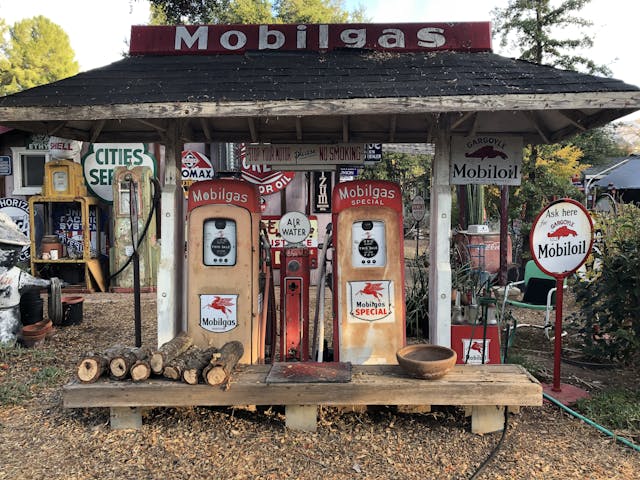
Intake: On this day, December 9, 1921, Thomas Midgley discovered that adding a small amount of tetraethyl lead to gasoline could end the problem of engine knock. In high-compression engines, fuel had a tendency to pre-ignite, causing a loss of power and undue engine wear. In his role at General Motors Midgley had been looking for a solution to this issue, trying literally hundreds of different compounds. However, when he added tetraethyl lead to the gasoline in his single-cylinder test engine, the knock disappeared. GM and Standard Oil of New Jersey quickly formed the Ethyl Corporation to manufacture the knock-free fuel. Although it was soon clear that the lead in gasoline was toxic, with workers at the Ethyl plant falling ill, and even Midgley himself being poisoned, this fuel continued to dominate supply chains for more than 50 years. Lead from vehicle exhausts would be tied to a host of public health problems and leaded gas would be outlawed in the U.S.A. in 1986.
Exhaust: It could have been so different. Midgley wasn’t content with his leaded solution and continued to work on other additives. He believed that ethanol was a “fuel of the future” that could replace leaded gas, but his work stalled because getting hold of pure ethanol alcohol during Prohibition was too difficult.
RX7 bodykit lives to offend purists
Intake: Much like Mansory with the Ford GT, Live to Offend (LTO) makes no bones about the fact that its products are not for everyone. And even on its website, LTO even proclaims it is “where renders become reality.” The New Jersey–based accessory company recently launched a streamlined, widebody kit for the third generation Mazda RX-7 (FD) made of either fiberglass-reinforced paneling (FRP) or carbon fiber. This is LTO’s first full kit for FD and is limited to 25 units globally. The cost? $9850 for FRP or a whopping $17,500 for carbon fiber.
Exhaust:If you aren’t into the whole phonk/drift car scene, just remember that body kits in general are a love-it-or-hate-it affair. LTO’s offering sports massive side scoops in the front fenders that certainly McLaren-ize the FD’s 1990s styling, and the rear panels both smooth out the FD’s center “hump” and make way for much wider tires. Be it a rotary Mazda or a Saleen Mustang, cars from the 1980s and ’90s are appreciating, and so are the performance and cosmetic upgrades of the era. Considering how much a Mazdaspeed A-spec bumper goes for these days (if you can find one), the asking price for LTO’s over-the-top styling isn’t too hard to swallow. At least for the 25 folks who shall pay for the privilege.
Audi TT RS to exit after 2022
Intake: Audi will discontinue the most powerful version of the TT coupe after the 2022 model year. To mark the departure Audi is releasing a run of just 50 RS Heritage Editions with special paint and über-high specification. Five color combinations will be available, and in a quirk related to the firing order of the five-cylinder engine’s pistons, they’re listed as follows: 1. Alpine White with Ocean Blue leather and Diamond Silver stitch—2. Helios Blue metallic Diamond Silver leather and Ocean Blue stitch—4. Stone Gray metallic with Crimson Red leather and Jet Gray stitch—5. Tizian Red metallic with Havanna Brown leather and Jet Gray stitch—3. Malachite Green metallic with Cognac Brown leather and Black stitch.
Each car will feature that 1-2-4-5-3 firing order etched into the rear quarter glass as well, while extra goodies include 20-inch, five-arm cutter design wheels in bi-color anthracite, Alcantara steering wheel and shift lever, Alu-optic mirror housings, OLED tail lights, electric rear spoiler and sports exhaust. The RS Heritage also has its top speed limiter hiked to 174 mph, despite its 394-hp output remaining unchanged. The Audi TT RS Heritage Editions cost $81,450 while the standard TT RS will also remain on sale at $73,200.
Exhaust: Audi of America fought to bring the TT RS to the U.S.A. back in 2011, putting out a petition on social media which got more more than 12,000 signatures in a month to convince its German overlords to sell it here. No doubt these 50 Heritage Editions will be signed for even faster.
Triumph put the Tiger 1200 on a diet, plus other nice upgrades

Intake: Triumph’s flagship Tiger 1200 is a cornerstone in the adventure bike market, but the brand has decided to not rest on its laurels and instead announced a handful of new advancements for the 1200 triple ADV machine. While many big ADV bikes live pavement princess lives, not all do, and thus Triumph elected to create the Tiger GT and Tiger Rally. The GT models are more road-focused, with a 19-inch front wheel and an 18-inch rear wheel combination, while the Rally gets a true dirt-spec 21/18-inch combo. Both bikes are on the receiving end of a 55-pound weight loss and revised T-plane three-cylinder engine. Toss in the ability to option either kit with the Explorer 30-liter (7.9-gallon) fuel tank option and you are prepared to get lost and love it.
Exhaust: The Tiger is clearly targeted at the middle ground between the hardcore KTM adventure machines and the more highway-friendly BMW GS series. Splitting the 1200 into two models works nicely to effectively cover as much of that space as possible. Low maintenance shaft-drive with that nearly 8-gallon fuel tank primes this machine to go as far as its rider is willing, and that is likely farther than ever considering the rider won’t be nearly as tired thanks to the significant weight loss.


